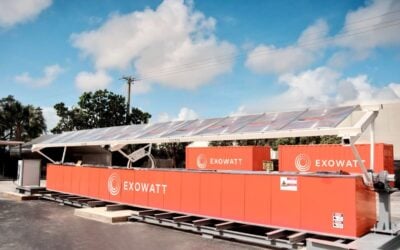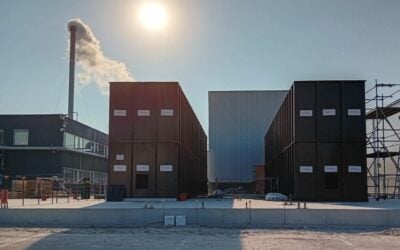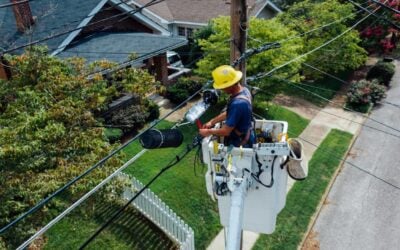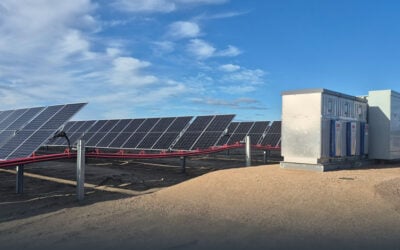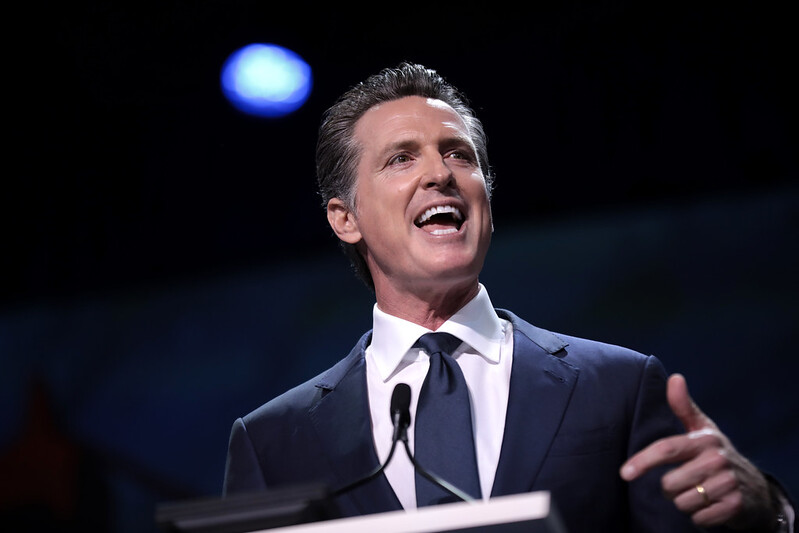
US$380 million in support for long-duration energy storage projects in California has been included in the state’s budget for 2022-2023.
Governor Gavin Newsom announced the budget on 9 January, applicable for the next fiscal year beginning in July. The financial support for long-duration storage projects is part of a US$2 billion Clean Energy Investment Plan, which also puts funding into green hydrogen (US$100 million) and a pumped hydro storage project at the state’s Oroville Dam hydroelectric facility (US$240 million).
Newsom had originally proposed in May last year that support for long-duration be in the range of US$350 million, as reported by Energy-Storage.news at the time.
State-level trade association California Energy Storage Alliance (CESA), together with consultancy Strategen, published a document in 2021 which assessed that more than 50GW of long-duration energy storage would be needed for California to achieve its policy goal of delivering 100% renewable electricity to all customers by 2045.
Try Premium for just $1
- Full premium access for the first month at only $1
- Converts to an annual rate after 30 days unless cancelled
- Cancel anytime during the trial period
Premium Benefits
- Expert industry analysis and interviews
- Digital access to PV Tech Power journal
- Exclusive event discounts
Or get the full Premium subscription right away
Or continue reading this article for free
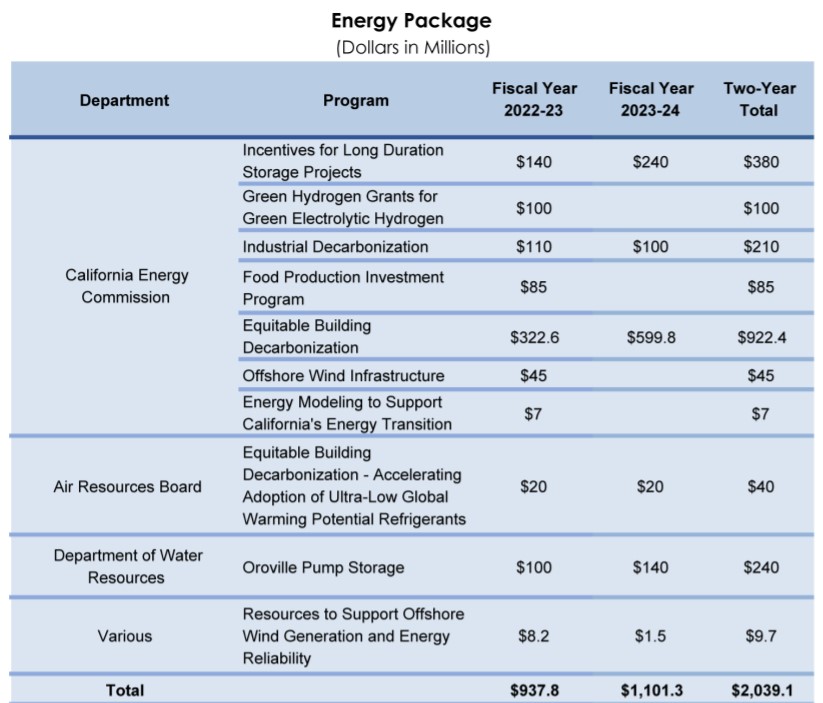
Other areas to be funded by the plan include nearly a billion dollars for various building decarbonisation measures, US$45 million for offshore wind infrastructure, US$210 million for industrial decarbonisation and US$85 million for the adoption of energy technologies at food production sites.
The state’s budget summary document said the long-duration projects throughout California will help support grid reliability, adding resilience against emergencies such as wildfires and providing a “decarbonised complement to intermittent renewables”.
The latter will give the state — which has seen a rapid growth of lithium-ion battery energy storage with durations of up to four hours — additional options for energy storage when there is less renewable power available for use.
US$7 million is being put towards the state’s energy modelling activities, which could include creating models of the electricity system to figure out what sort of generation resources, and in what combination, can support the state’s push for a carbon neutral electricity system, while making the system as reliable as possible.
An additional US$6.1 billion is also being added to an existing US$3.9 billion commitment to support zero-emissions vehicles (ZEV), for a total US$10 billion of spending over six years.
As our sister site PV Tech reported today, there has been no resolution for the fate of a highly disputed set of revisions to net metering programmes, which have for years incentivised and driven investment in small-scale solar PV systems for residential use.
More to follow…

